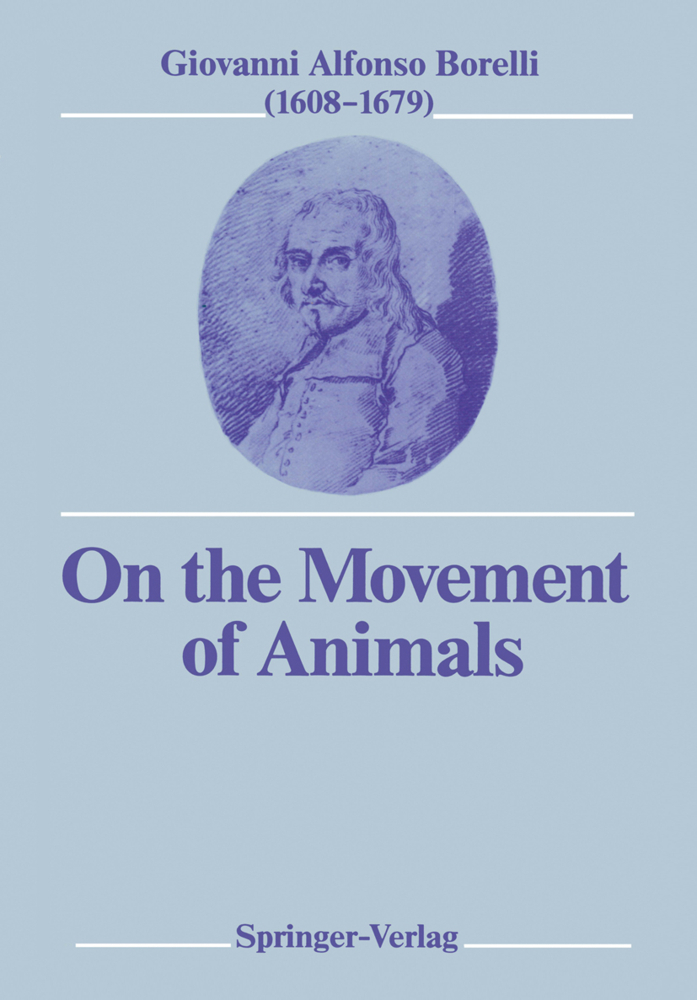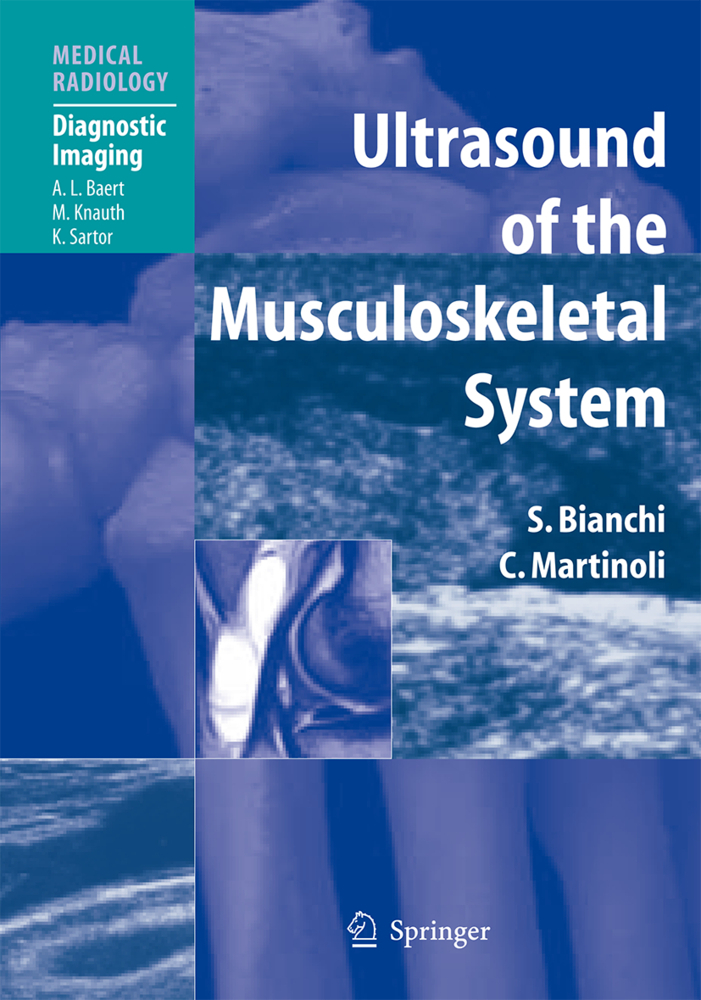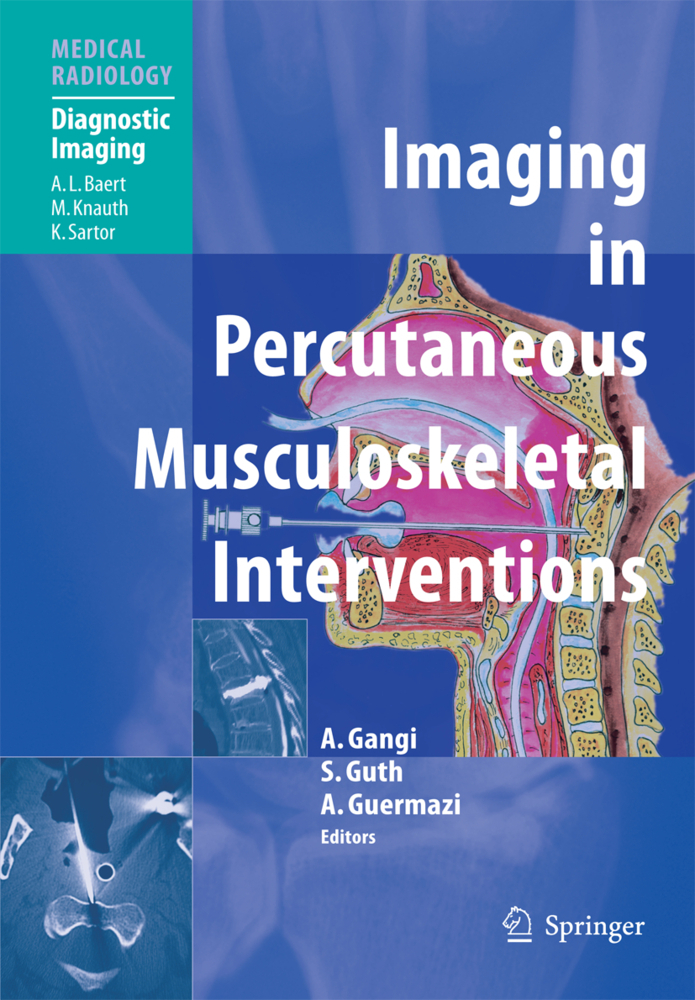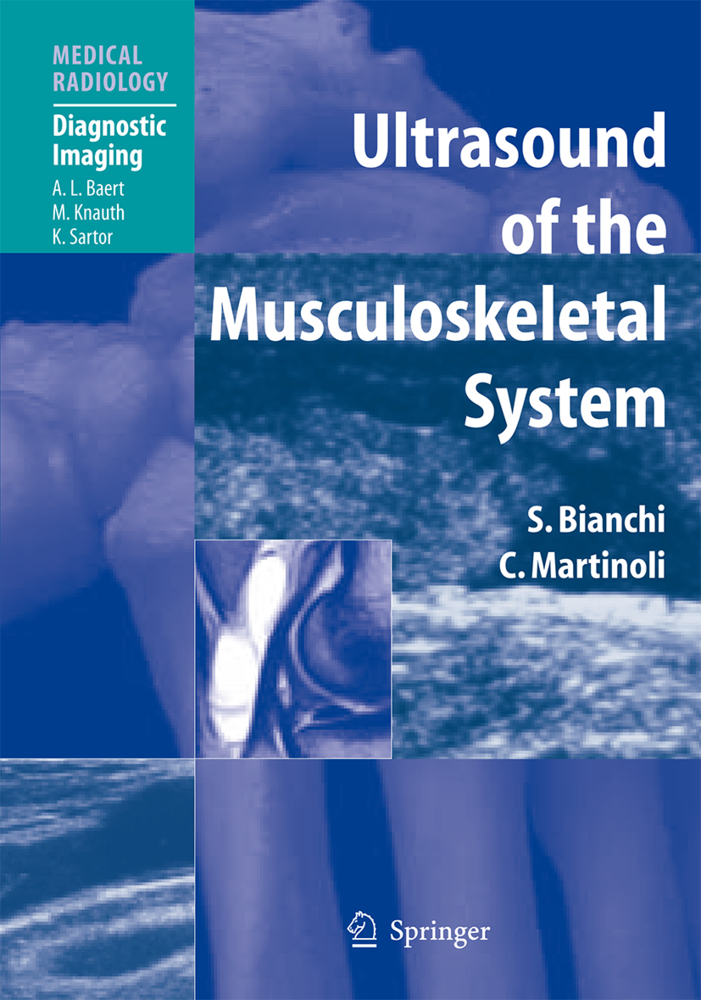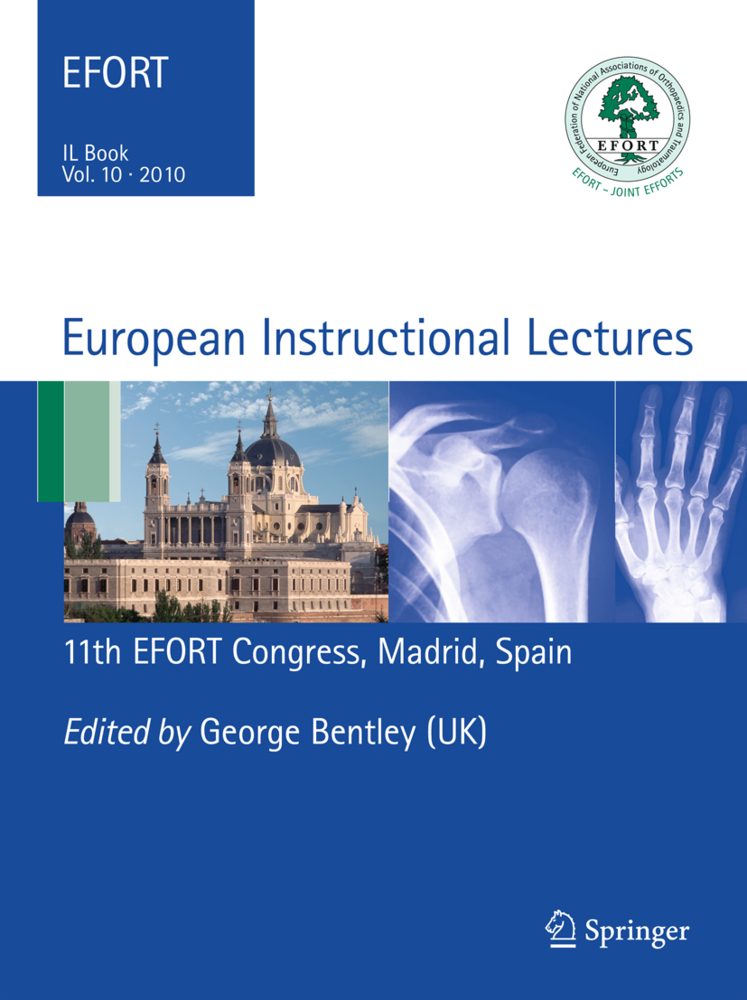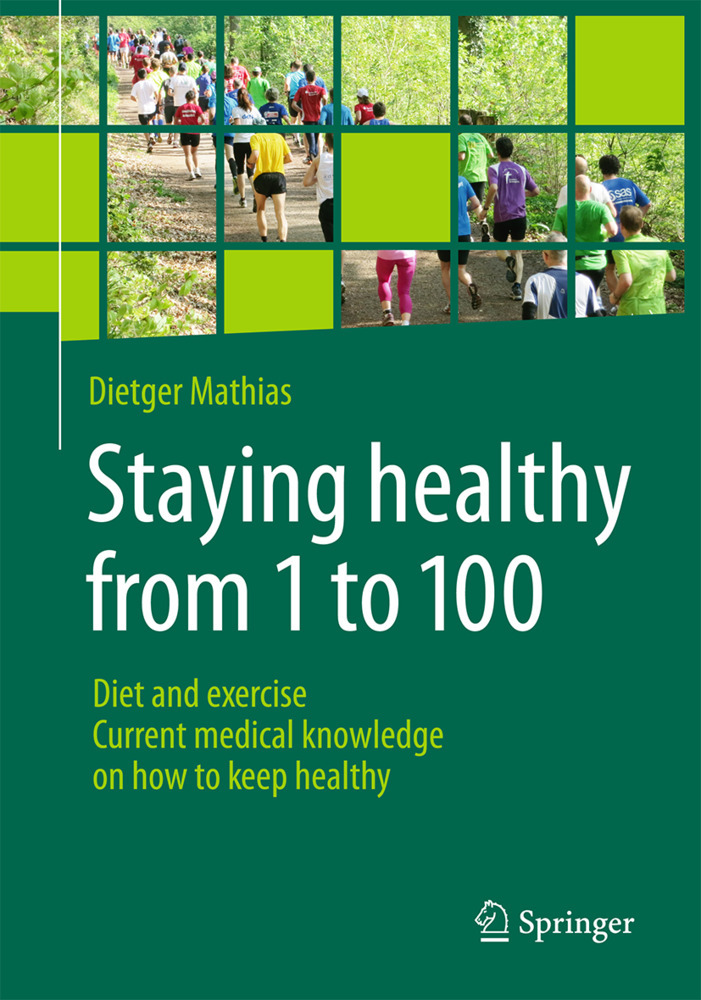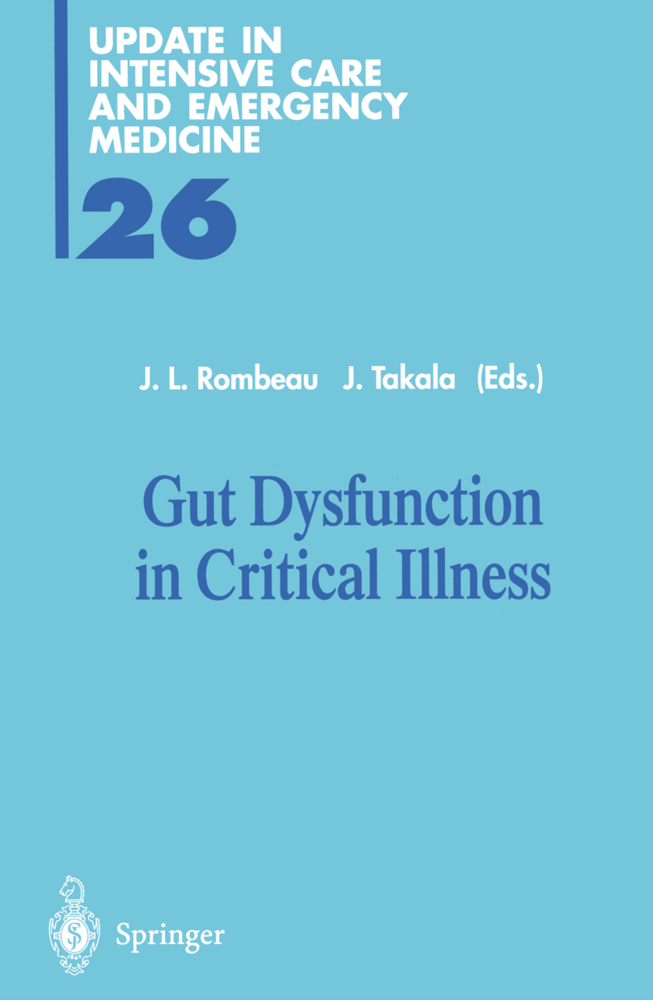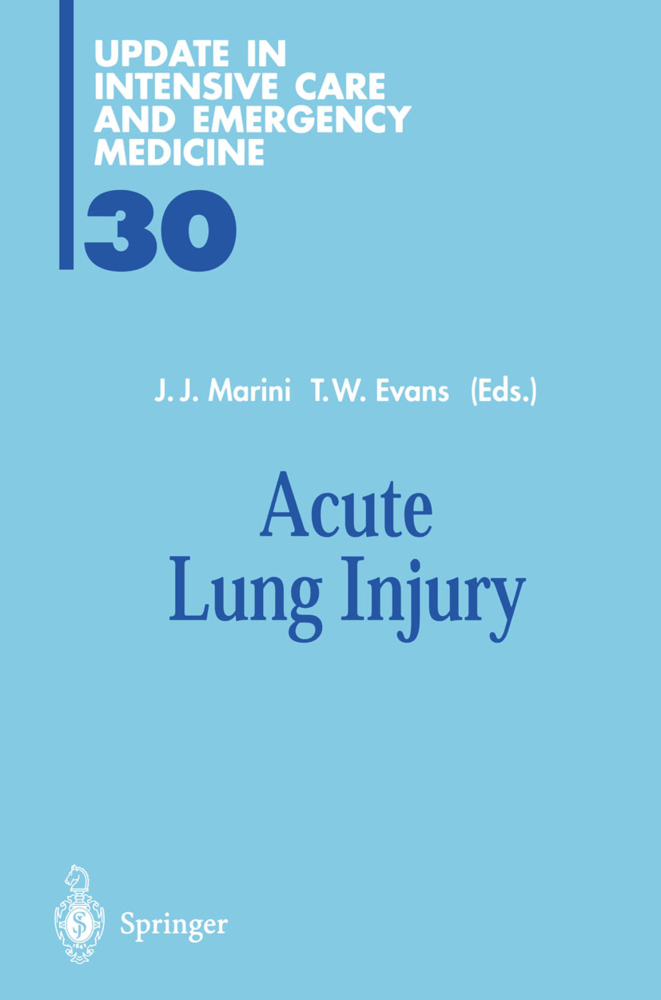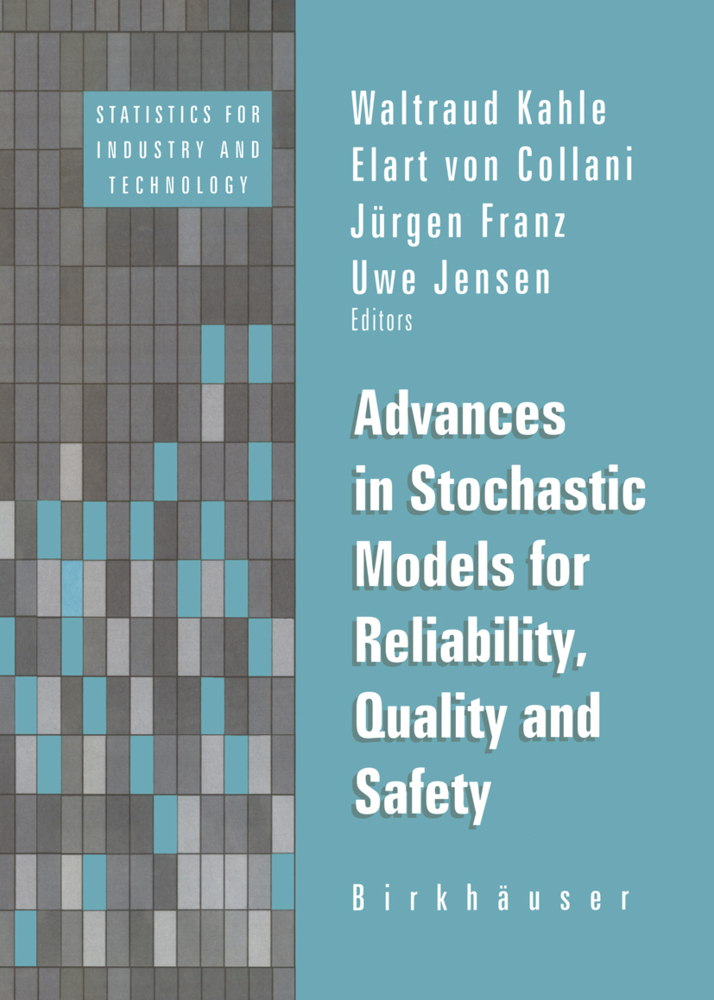On the Movement of Animals
On the Movement of Animals
De Motu animalium is sometimes referred to in the medical literature. But who has read it? The book, originally published in Latin, seemingly constitutes the very first treatise on biomechanics. The author, Giovanni Alfonso Borelli (1608 - 1679), was professor of mathematics and physics in Pisa where he worked with Malpighi, who was professor of theoretical medicine and focused Borelli's interest on the movements of living creatures. This was the time of Galileo, Descartes, Newton and many others, when sciences exploded, sometimes leading to conflicts with religious authorities. De Motu animalium, Borelli's life work, has two parts. In the first part, he analyses the action of the muscles, the movements of the limbs and motions of man and animals, including skating, running, jumping, swimming and flying. The second part deals with what is now called physiology, considered from the point of view of a mechanist: heart beat, blood circulation, breathing, separation of urine from the blood in the kidneys, liver function, reproduction, fatigue, thirst, hunger, fever, and so on. This work shows Borelli to be a genial precursor. He expresses his opinion as a mathematician on problems which afterwards further stimulated the curiosity and endeavours of many generations of researchers. This book will be welcomed by anybody who is interested in the working of living bodies and in the history of human knowledge.
Carlo Giovanni from the regular clerics of Jesus, general superior of the arm and pious scholars of the Mother of God. Benevolent reader, greetings
I Enumeration of what must be assumed in dealing with movement of the animals
II Description and function of the muscle
III Magnitude of the vital motive power of the muscles according to the ancients
IV Theorems useful to show the hugeness of the motive power of the muscles
V Although contracted with a maximum effort by a determined magnitude of motive power, a muscle sometimes may exert very little or no force
VI Mechanical lemmas useful to explain the power or the moment of the muscles
VII The tendons of the muscles must not be attached to the extremities of the articulated bones but well on tuberosities in the vicinity of the joint with their direction oblique to the longitudinal axis of the bone
VIII On the motive power and on the moments of the flexor muscles of the elbow
IX On the flexor muscles of the lower leg and their action about the knee
X On the double increase of the forces of the muscles flexing the forearm and the lower leg
XI On the moment and apparent magnitude of the motive power exerted by the extensor muscles of the lower leg
XII On the greater increase of the force which, to carry the same load with the same bones, is required from the muscles which are involved in the operation
XIII Lemmas necessary to analyse the motive power of the muscles the fibres of which are not parallel and pull obliquely
XIV On the muscles pulling obliquely, their varying structure and their action
XV Analysis of the forces exerted by the radial muscles described so far
XVI Lemmas of mechanics necessary for a more accurate analysis of the motive force exerted by the muscles
XVII More accurate analysis of the motive power of the muscles described above
XVIII On the stance of the animals
XIX On the walking of bipeds
XX On the walking of quadrupeds
XXI On jumping
XXII On flying
XXIII On swimming
II On the Internal Motions of Animals and Their Immediate Causes
Carlo Giovanni of the regular clerics of Jesus, general superior of the pious school of the Mother of God. Benevolent reader, greetings
I On the mechanism of muscle contraction
II On the untrue causes of contraction of muscles given by others
III On the likely causes of contraction of the muscles
IV On internal movements in animals and first on blood circulation
V On the heart and its pulsation
VI On the causes of the movement of the heart
VII On breathing
VIII On the primary function of respiration
IX On cleaning of the blood in the kidneys
X On the function of the liver
XI On the flowing of spirituous substance through the nerves
XII On semen, its genesis, movement and nature
XIII On the generation and development of plants
XIV On animal generation
XV On insensible perspiration
XVI On nutrition of the animals
XVII On hunger and thirst
XVIII On pain
XIX On fatigue
XX On convulsions
XXI On shivering
XXII On fevers
References
Name and Subject Index.
I On the External Motions of Animals and the Involved Forces
To the august Queen ChristinaCarlo Giovanni from the regular clerics of Jesus, general superior of the arm and pious scholars of the Mother of God. Benevolent reader, greetings
I Enumeration of what must be assumed in dealing with movement of the animals
II Description and function of the muscle
III Magnitude of the vital motive power of the muscles according to the ancients
IV Theorems useful to show the hugeness of the motive power of the muscles
V Although contracted with a maximum effort by a determined magnitude of motive power, a muscle sometimes may exert very little or no force
VI Mechanical lemmas useful to explain the power or the moment of the muscles
VII The tendons of the muscles must not be attached to the extremities of the articulated bones but well on tuberosities in the vicinity of the joint with their direction oblique to the longitudinal axis of the bone
VIII On the motive power and on the moments of the flexor muscles of the elbow
IX On the flexor muscles of the lower leg and their action about the knee
X On the double increase of the forces of the muscles flexing the forearm and the lower leg
XI On the moment and apparent magnitude of the motive power exerted by the extensor muscles of the lower leg
XII On the greater increase of the force which, to carry the same load with the same bones, is required from the muscles which are involved in the operation
XIII Lemmas necessary to analyse the motive power of the muscles the fibres of which are not parallel and pull obliquely
XIV On the muscles pulling obliquely, their varying structure and their action
XV Analysis of the forces exerted by the radial muscles described so far
XVI Lemmas of mechanics necessary for a more accurate analysis of the motive force exerted by the muscles
XVII More accurate analysis of the motive power of the muscles described above
XVIII On the stance of the animals
XIX On the walking of bipeds
XX On the walking of quadrupeds
XXI On jumping
XXII On flying
XXIII On swimming
II On the Internal Motions of Animals and Their Immediate Causes
Carlo Giovanni of the regular clerics of Jesus, general superior of the pious school of the Mother of God. Benevolent reader, greetings
I On the mechanism of muscle contraction
II On the untrue causes of contraction of muscles given by others
III On the likely causes of contraction of the muscles
IV On internal movements in animals and first on blood circulation
V On the heart and its pulsation
VI On the causes of the movement of the heart
VII On breathing
VIII On the primary function of respiration
IX On cleaning of the blood in the kidneys
X On the function of the liver
XI On the flowing of spirituous substance through the nerves
XII On semen, its genesis, movement and nature
XIII On the generation and development of plants
XIV On animal generation
XV On insensible perspiration
XVI On nutrition of the animals
XVII On hunger and thirst
XVIII On pain
XIX On fatigue
XX On convulsions
XXI On shivering
XXII On fevers
References
Name and Subject Index.
Borelli, Giovanni A.
Maquet, Paul
| ISBN | 978-3-642-73814-2 |
|---|---|
| Artikelnummer | 9783642738142 |
| Medientyp | Buch |
| Copyrightjahr | 2012 |
| Verlag | Springer, Berlin |
| Umfang | XII, 469 Seiten |
| Abbildungen | XII, 469 p. |
| Sprache | Englisch |

